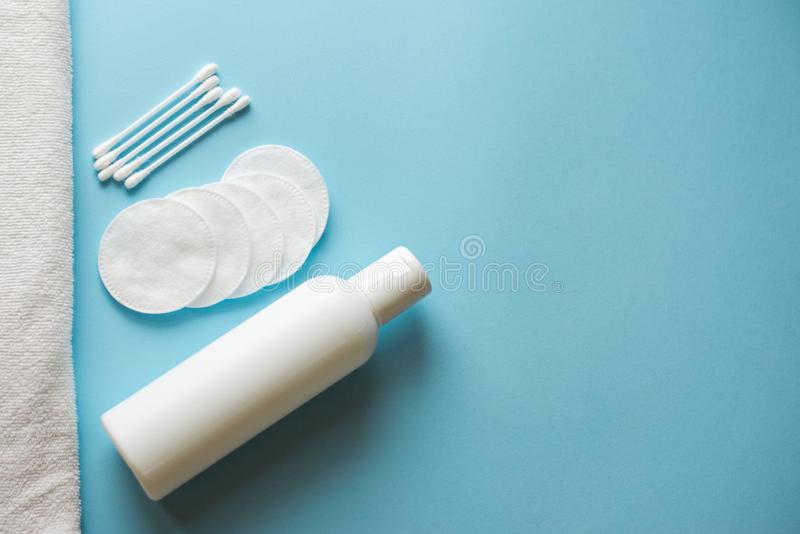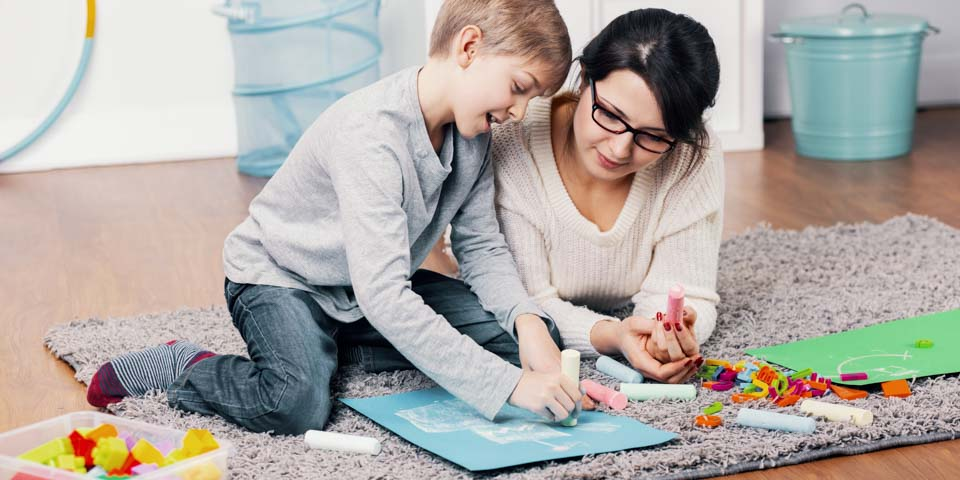Sometimes water flows into the ear after showering or swimming, especially in the summer. Water that gets into the ear does not evaporate on its own, which can cause irritation, pain, and even an ear infection known as otitis externa (swimmer’s ear). How to get water out of your ear? Fortunately, ear water can be easily removed using a few tricks. If it is not possible to extract water at home and there is pain in the ear, then it is better to consult a doctor.
Method 1. How to get water out of your ear? Folk remedies
1. Make an ear drop solution with equal parts rubbing alcohol and white vinegar.
This solution not only removes excess water from the ear, but also prevents infection. Simply pour one teaspoon (5 ml) of the solution into the affected ear. Then dry carefully. You can ask an adult to drip the solution for you.
Vinegar breaks down earwax, which can hold some water, and alcohol evaporates quickly and water evaporates with it.
- Alcohol will also help the excess water evaporate quickly.
- Do not use this solution if your eardrum is damaged.
2. Create a vacuum in your ear.
Tilt the affected ear downward and then press down with the palm of your hand, creating a vacuum. Move your palm back and forth to get the water out of your ear. Do not do this with the ear upright, otherwise you can only drive the water deeper.
- Alternatively, tilt your head to one side, with your ear down and place your finger in it, creating a vacuum. Pull your finger back quickly. The water should immediately come out of the ear. It is worth noting that this method is not the best, as in the process of creating a vacuum, the ear can be accidentally scratched, which can cause an infection. Keep your toe clean and keep your nails trimmed.
- Once your finger is in your ear, it is a good idea to massage your ear clockwise (or counterclockwise). This will help release both moisture and earwax. The massage is especially helpful if your hearing is impaired due to the water.
3. Dry your ear with a hairdryer.
You may not trust this advice, but it helps a lot of people. Set the hair dryer to warm air. Hold the hair dryer about 30 centimeters from your head and point it towards your ear until you feel the water dry. Just make sure the air is not too hot and you don’t hold the hair dryer too close to your ear.
- Alternatively, you can direct warm air along the ear canal rather than inward . Whenever warm, dry air reaches water, it evaporates.
4. Buy ear drops designed to clean your ears from water.
They are available at pharmacies. These droplets usually contain alcohol, which evaporates quickly. Tilt your head and place the drops in your ear as directed.
- As with your own solution, you can ask an adult to put the drops into your ear.
5. Dry your ear.
Gently wipe your outer ear with a soft tissue or towel while keeping your head tilted to the side so that the water drains out of the ear canal completely. Do not push the tissue into your ear, otherwise you can only push the water deeper.
6. Tilt your head and jump.
An alternative method is to stand on one leg and tilt your head so that your ear is parallel to the ground. Jump on that leg until the water is completely drained out. Pull on the lobe to open the ear canal wider and help the water flow out.
- You can skip the jumping part and just tilt your head.
7. Lie on your side with your ear to the floor.
Another way to get rid of the water is to lie on your bed and turn your head so that your ear is facing the floor. Place a pillow under your head for added comfort. Thanks to gravity, the ear should dry naturally. Remain in this position for a few minutes. You can watch TV or do something else at this time.
- If you still feel that there is water in your ear, then go to sleep in that ear. Chances are good that all the water will drain out while you sleep.
8. Chew.
Imagine that you are chewing on something and moving your jaw so that it has an effect on your ears. Tilt your head to the side where there is no water, and then tilt your head sharply to the other side. You can also try chewing gum. Water is trapped in the Eustachian tube, which is part of the inner ear, and chewing can help it drain out.
- You can try chewing and pulling at the same time.
9. Yawn.
Sometimes yawning causes the water bubble to burst. Any movement that relieves pain and helps water flow out is effective. If you feel a cotton or some movement of water, then it’s already good. As with chewing, this should help clear your ear canal.
Read also: Are Broiler Eggs Good For Your Health Or Not?
10. See your doctor if you feel pain.
Stagnant water can cause an infection in the middle ear, which requires medical attention. It may very well be that the pain is indicative of an infection, better known as otitis externa. Here are the symptoms that indicate that you need to see a doctor immediately:
- yellow, yellowish green, purulent, or foul-smelling discharge from the ear;
- the ear hurts when you pull on it;
- hearing loss;
- itching in the ear canal or ear.
Method 2.How to get water out of your ear? Prevention of these kinds of problems
1. After being in the water, be it the sea, the pool or just a shower, be sure to dry your ears.
Blot the water with a clean cloth in the outer ear as well as the area around the ear canal. Turn your head from side to side to remove excess water.
- Some people are more likely to face this problem than others. Much depends on the structure of the ear. If you often encounter this problem, then you need to be extremely careful.
2. Do not use a cotton swab to clean your ears.
You may think that using cotton swabs can remove water, wax, or other dirt from your ear, but they have the opposite effect and can push the wax or water deeper into your ear. In addition, cotton swabs can scratch the inner ear and cause pain.
- Ears can also be scratched when using a cloth.
- If you need to get rid of earwax, put a few drops of mineral oil or baby oil into your ear. Use a damp cloth to clean the outside of your ear.
3. Avoid using ear plugs or cotton balls when you have water in your ear.
If you use cotton balls or earplugs while sleeping, they can have a similar effect to cotton swabs. If you have water in your ear and it hurts, then refrain from using these items at night.
- Also, do not use headphones until the pain is completely gone.
How to get water out of your ear? Advice
Here are some of my advices for how to get water out of your ear:
- Stand up, tilt your head with your ear down. Jump – the water should come out.
- Stretch your earlobe while jumping. Keep a towel handy to blot any excess water.
- When you lie on your side (with the problem ear down), chew the gum. A couple of minutes – and the water is gone!
- Blow out your nose. Changing pressure often works wonders.
- Use a hair dryer. Keep it about 30 centimeters from your ear to avoid scalding it with the hot air. The water should dry.
- Use earplugs when swimming to keep water out of your ears.
- Do not pick your ear from the inside. You can get an infection.
- Close your nostrils with two fingers and exhale. However, do not exhale too forcefully, or you may damage your eardrums.
- Be careful not to damage your ear.
- You can find ear drops over the counter and almost all contain 95% alcohol to extract water from the ears. They work on the same principle, but are more effective than water. (They are more expensive than alcohol, and they are not the same thing.)
- If water gets into your ear after swimming, tilt it to the side.
- Place your head so that your ear is facing up, and pour a cap of rubbing alcohol inside. Then tilt your ear down. The water should drain out immediately.
- Tilting your head to one side or the other can quickly work a miracle.
Warnings
To extract and remove water from your ear, you should know the following warnings otherwise these can lead to severe situations.
- The rubbing alcohol causes a burning sensation on contact with the skin.
- Use rubbing alcohol for this purpose only. Don’t drink it. If this happens, call the ambulance at 103 (mobile) or 03 (landline).
- Check with your doctor if none of these methods worked for you.
- Be careful when jumping on one leg. At this moment, hold on to a chair or table with your hand.
- These methods are likely to cause the earwax and water mixture to drain out. Therefore, carry out these procedures using a cloth that is easy to clean.
- Do not put foreign objects in your ear. Ear sticks and other objects can only aggravate the situation and damage the skin, which can lead to infection.
Read also: How To Give Yourself A Fever – 7 Safe Tricks



